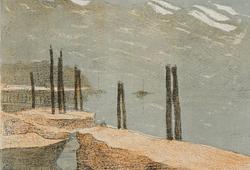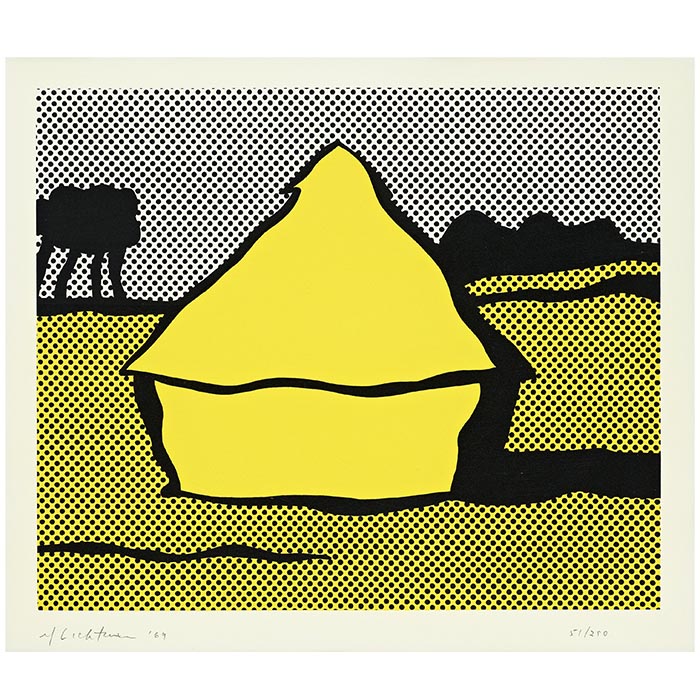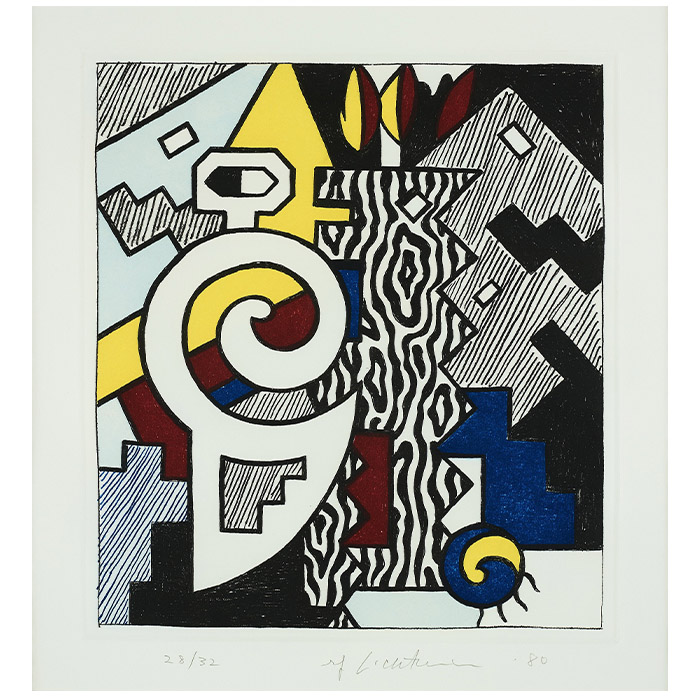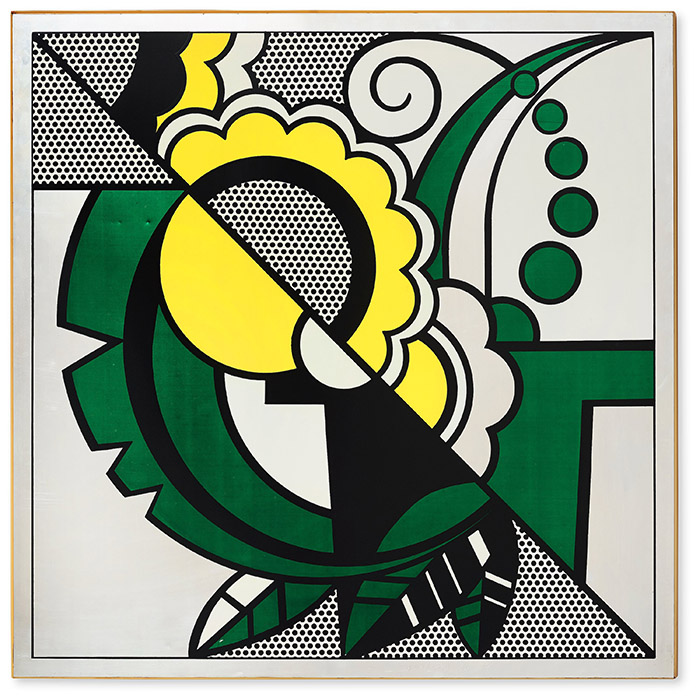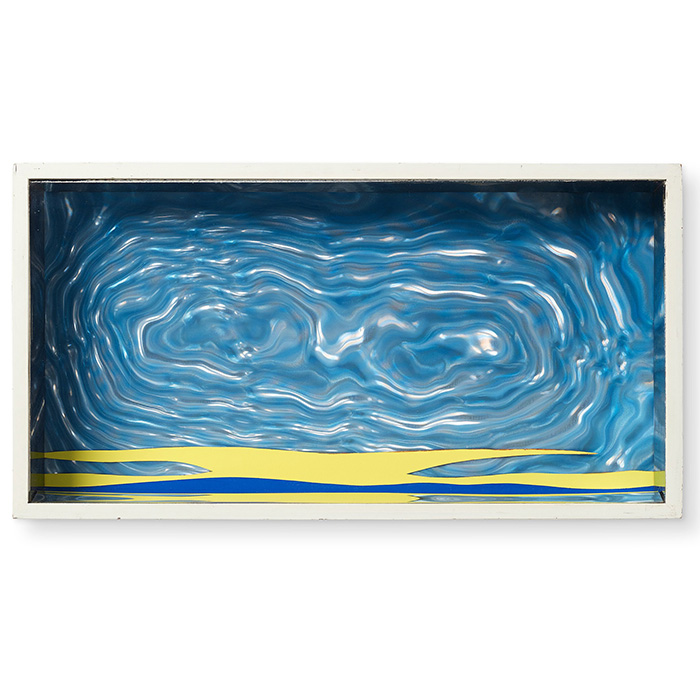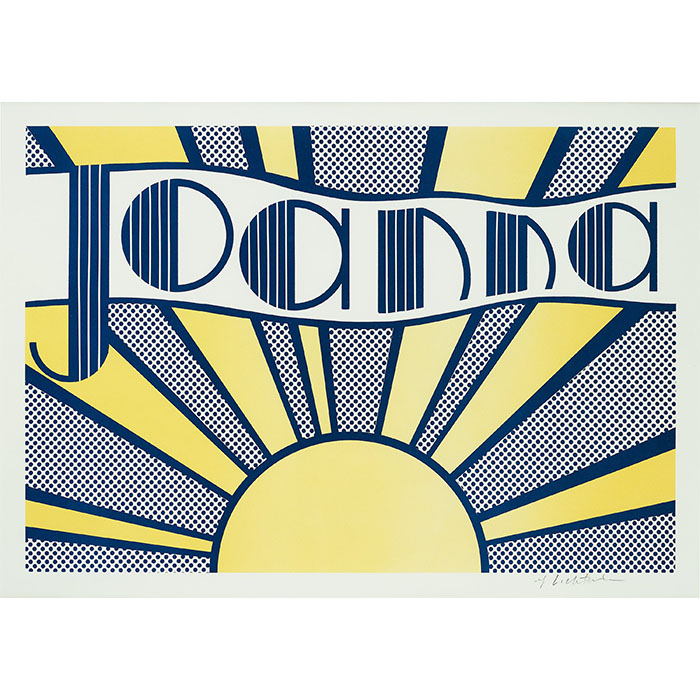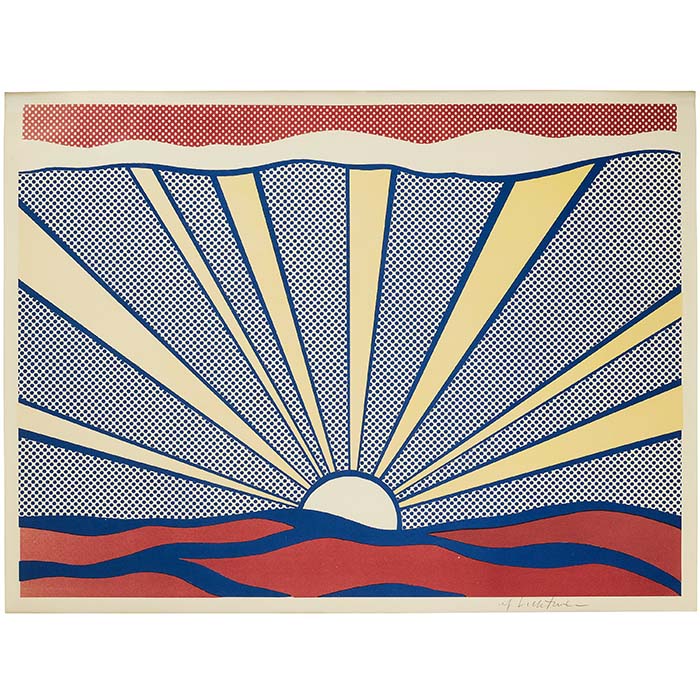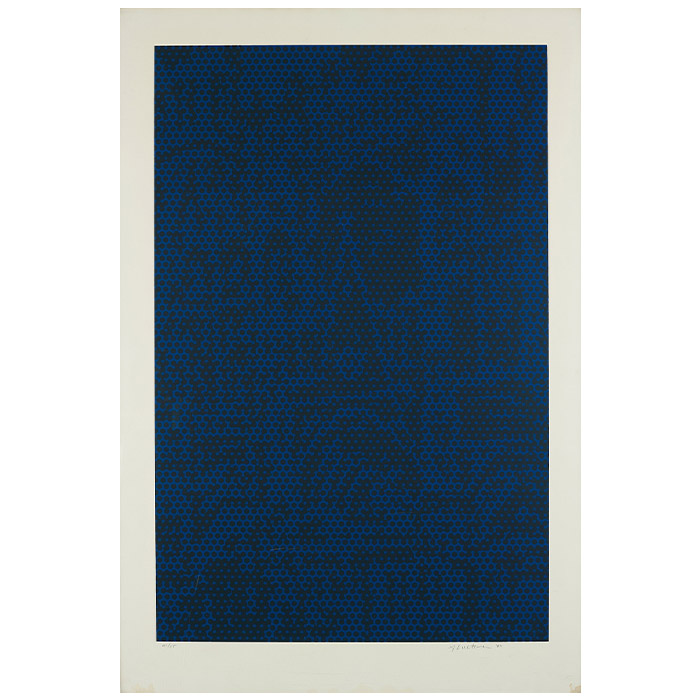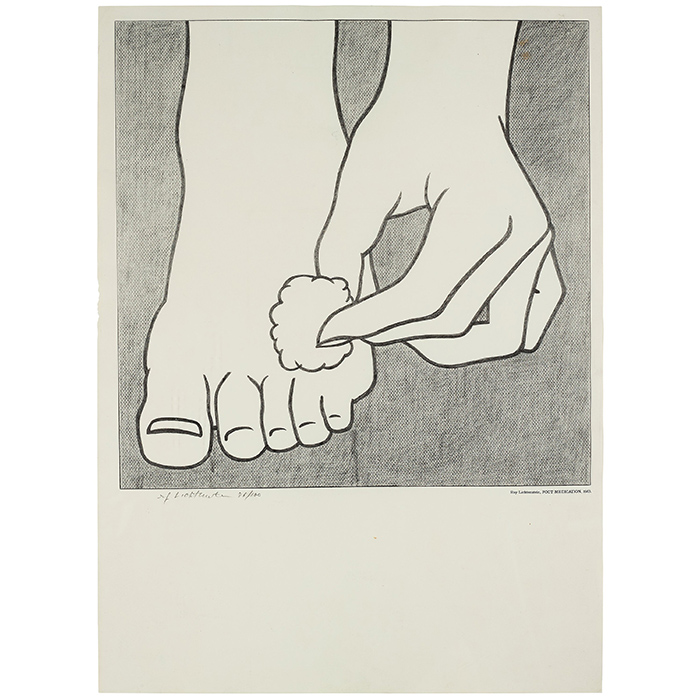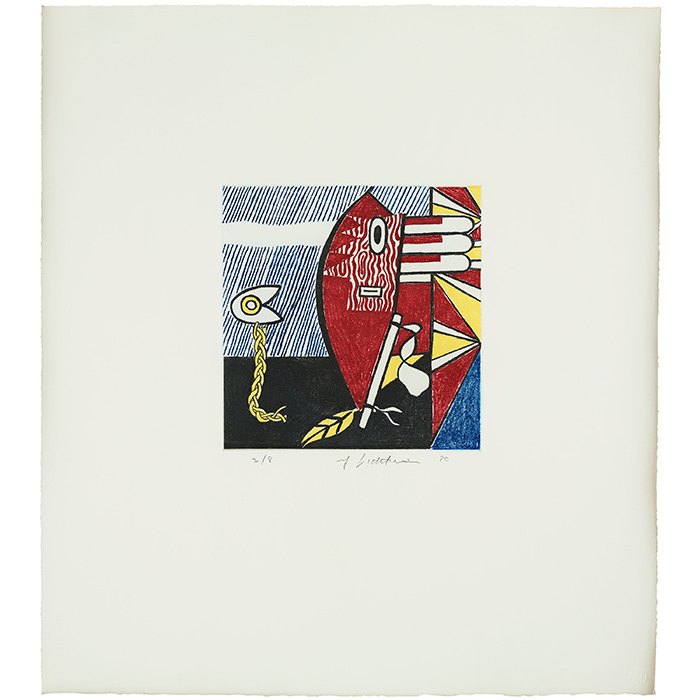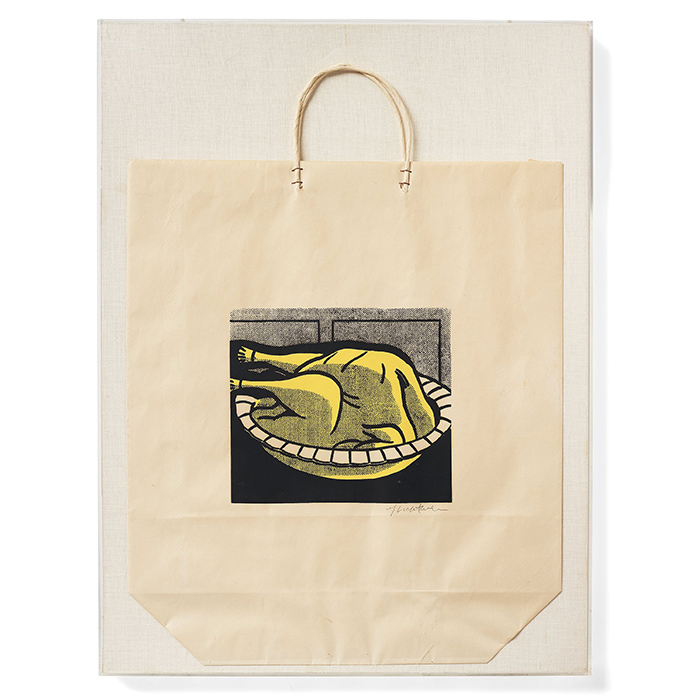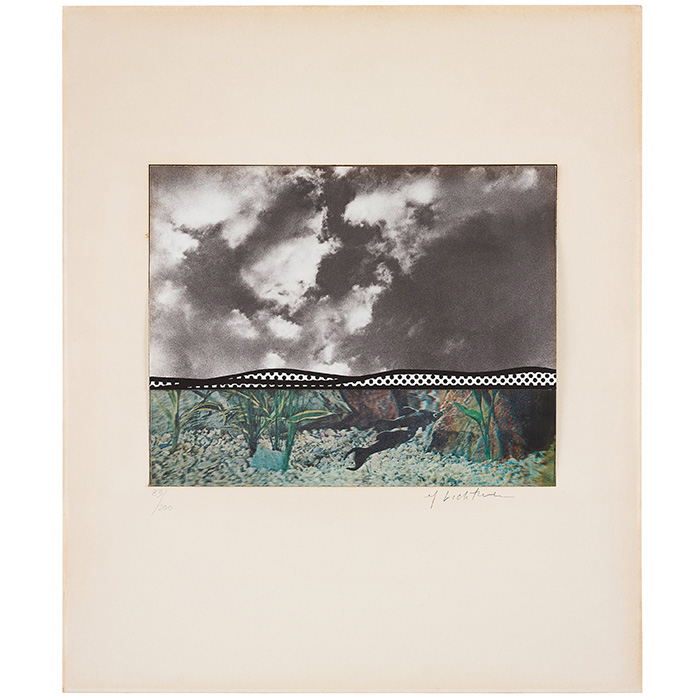Pop iconic prints at Important Spring Sale
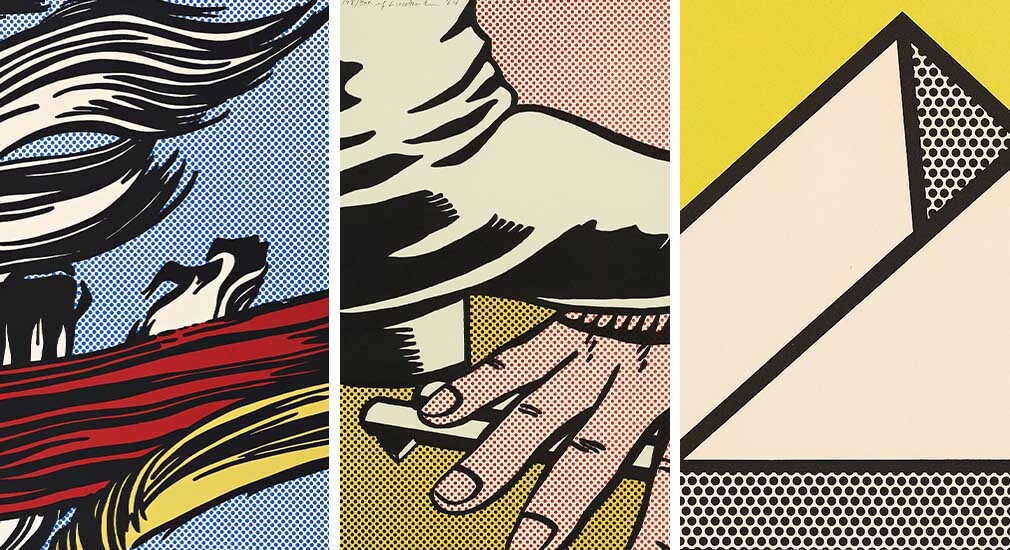
Several prints by Roy Lichtenstein at spring's most exceptional auction
In America Pop Art came to challenge the abstract expressionism that had (in different ways) dominated the fifties and parts of the sixties. While artists such as Jackson Pollock focused on introspection and on the individual, Pop Art and its related fields instead decided to take an interest in industrialized processes, mass-consumerism, and more extroverted art. Early on Roy Lichtenstein (1923-1997) became a prominent figure within Pop Art.
Roy Lichtenstein was born in 1923 into an affluent New York family. His first artistic education was at the Arts Students League. The outbreak of the Second World War meant that Lichtenstein, like many young men of his generation, had to interrupt his studies to serve in Europe. However, with the benefits offered by the American government to returning soldiers he was able to complete his education and graduate. In 1960 he began teaching at Rutgers University, which at the time was an important place for activism and avant-garde movements. The university campus became a site where happenings, performances and collaborations between students and staff were allowed to happen. This is where the American Fluxus movement drew strength and early attempts at ‘Environmental Art’ / ‘Earth Art’ occurred.
During the 1950s Lichtenstein worked in the same abstract expressionist style that was so characteristic of the American art climate at that time. However, the new currents of thought on the Rutgers’ campus brought about Lichtenstein’s first works based on comic strip narratives, using his unmistakeable ‘Ben-Day dots’ – a cheap method to create illustrations that conveyed texture and gradations of colour in comic books. It was also at this time that he began to isolate, cut off and enlarge different elements of comic strip panels. This tendency within art is called ‘appropriation’, something that Lichtenstein was an early adopter of, and an area where he became quite the trendsetter.
At first glance Lichtenstein’s art is entertaining. Yet on closer inspection you will find that in most cases it is also a critique of the society that the work is mirroring – questioning gender, representation and consumerism. The prints section of the auction contains a major collection of Lichtenstein prints that demonstrate the many different sides of this multifaceted artist. There are a number of works from the early sixties that flirt with Fluxus by focusing on collage and material experiments, for example Moonscape (1965) and Fish and Sky (1967).
The iconic ‘Ben-Day dots’ are of course represented here in Foot and Hand (1964) and Brushstroke (1967), for those who prefer that period. Something else that emerges is Lichtenstein’s great knowledge of art history, noticeable in the way he borrows famous motifs but makes them ‘Lichtensteiny’. Two examples of this are Yellow Haystack (1969) and Cathedral #6 (1969), which both reference pictorial series by Claude Monet. Mirror images and reflections are also a constant presence in his entire production. This was another way of working with surfaces and depicting reflections, methods which, in the auction, are most notable in Still Life from The Metropolitan Scene (1968) as well as in the etching called Mirror (1990).







